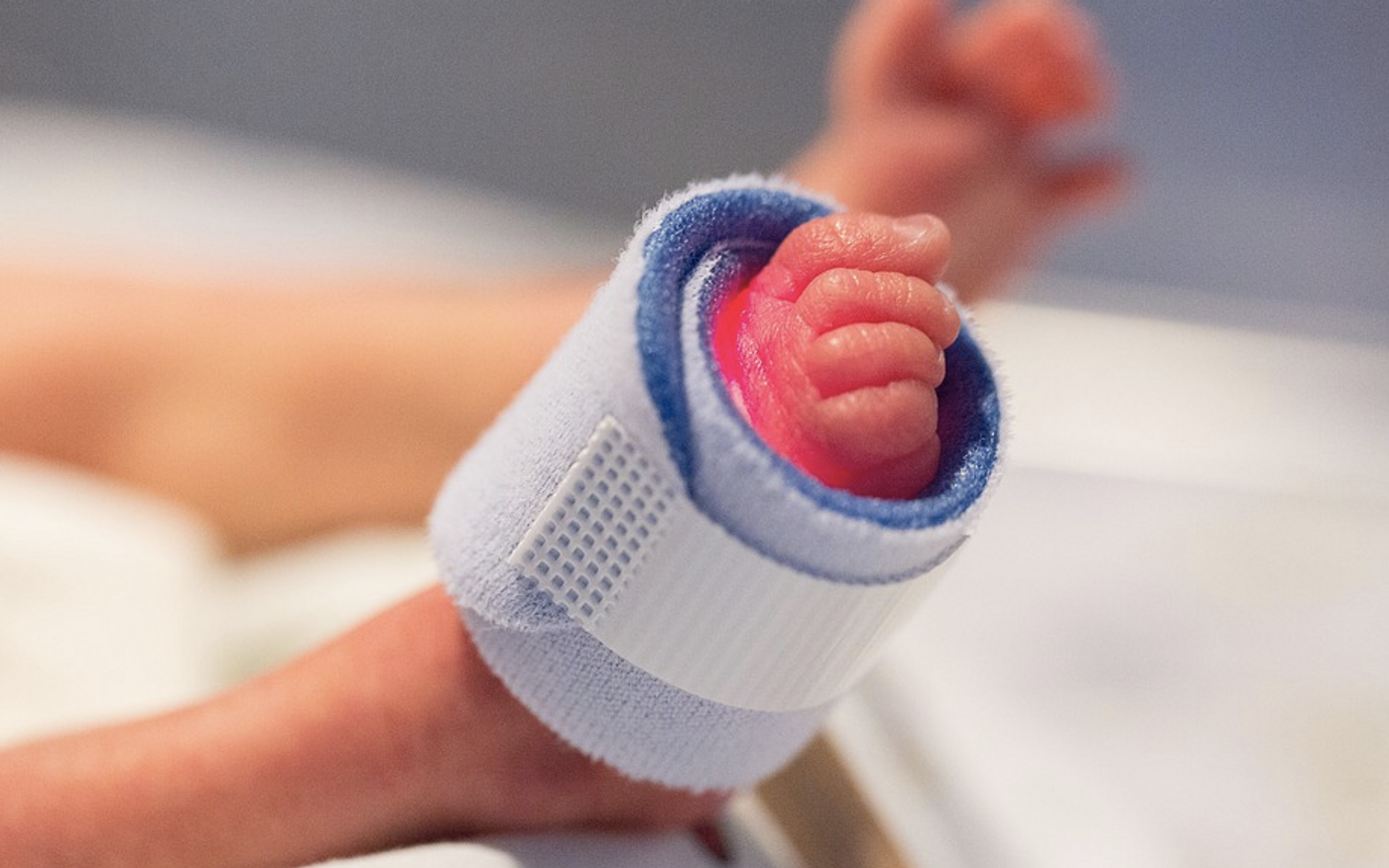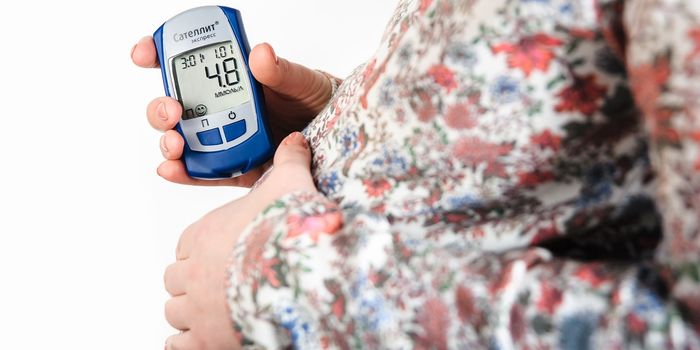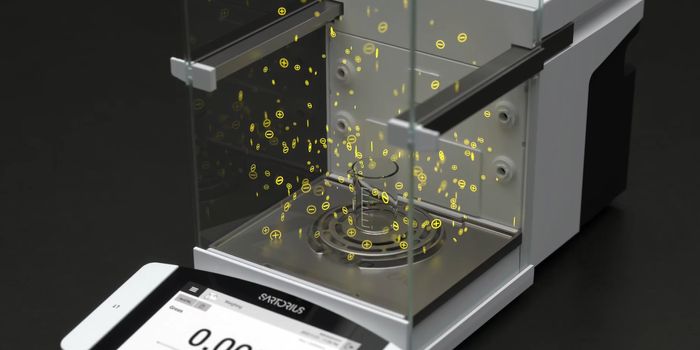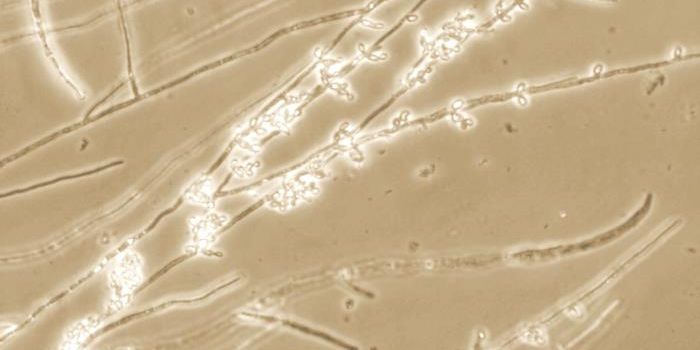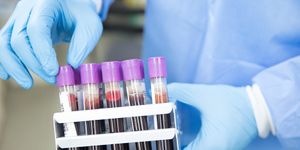How the Vaginal Microbiome is Connected to Preterm Delivery
Premature birth is when a baby is born before 37 weeks of gestation. New research has connected the composition of the community of microbes that populates the vagina, called the vaginal microbiome, to premature birth. While diversity in a microbiome is often a good thing, in this case, a more diverse vaginal microbiome was associated with preterm delivery. Specific bacterial strains were also associated with premature birth, so we may be able to use this data to help clinicians identify who is at risk. The findings have been reported Frontiers in Microbiology.
"We show a link between higher vaginal microbial diversity and premature birth, especially in the first trimester of pregnancy," said Marina Sirota, an Assistant Professor at the Bakar Computational Health Sciences Institute at the University of California San Francisco, USA. "In addition to confirming several bacterial species known to be associated with premature birth, we have identified several new ones. Our results shed light on the involvement of the vaginal microbiome and specific bacteria in this process. The findings could aid future diagnostic and therapeutic strategies to help prevent or delay premature birth."
According to the Centers for Disease Control and Prevention, about one in ten infants were born prematurely in 2018. The more time that premature infants miss gestating, the higher their risk for disability or death. Infants that are born too soon may also have developmental delays.
While there are known risk factors that can increase the likelihood of a premature birth like smoking, maternal age, or a short time in between pregnancies, all the reasons why it happens are unclear.
"For most of these births, we don't know why the women end up going into labor early and unfortunately, the limited number of therapies are often not effective," noted Sirota. "New ways of identifying women at higher risk is sorely needed."
Genetic advancements have allowed us to learn more about the microbial community that lives on and in human bodies; from a single sample, tons of bacterial genomic data can be generated and analyzed. Other studies have already investigated the link between the vaginal microbiome and preterm birth, but there have been limitations.
"Previous investigations have only examined a small number of women and are often biased towards certain ethnic groups, which makes it hard to apply their findings widely," noted the first author of this new study, Dr. Idit Kosti, a postdoctoral researcher at the Sirota lab.
"We performed a meta-analysis, which is when you combine data from different studies into one dataset. This gave us a greater amount of information across a more diverse range of women, in terms of ethnicity and stage of pregnancy, than in each study alone."
In this investigation, five sets of data, containing over three thousand samples from more than 400 women, were assessed. This huge amount of data enabled the researchers to link the strains in the vaginal microbiome and premature birth.
"We found that women who deliver prematurely have a significantly more diverse vaginal microbiome, especially in their first trimester, than those who deliver at full term," said Kosti.
The study confirmed other research that has determined that Lactobacillus is more abundant in women that have a full-term pregnancy. They also found that Olsenella and Clostridium sensu scricto are linked to a preterm delivery.
"The methods that we have developed can be used to combine even more data together and these results can inform ways of diagnosing those at risk, as well as potential therapies for premature birth."
Sources: AAAS/Eurekalert! via Frontiers, Frontiers in Microbiology
-
MAY 07, 2024Is It Anti-RNP or Anti-Sm/RNP?
- See More
-
APR 30, 2024Immuno-Oncology Virtual Event Series 2024
-
MAY 07, 20243rd International Biosecurity Virtual Symposium
-
MAY 23, 2024For the Love of Digital PCR 2024
- See More
